NUCLEAR THERMAL PROPULSION
BWX Technologies, Inc. is a leading supplier of nuclear components and fuel to the U.S. government, also providing components and services to the commercial nuclear power industry.

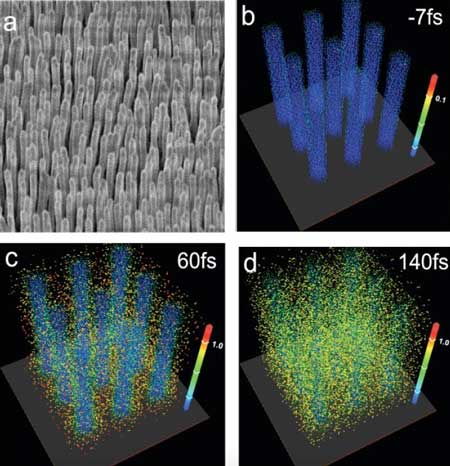
Nuclear fusion, the process that powers our sun, happens when nuclear reactions between light elements produce heavier ones. It’s also happening — at a smaller scale — in a Colorado State University laboratory.
Using a compact but powerful laser to heat arrays of ordered nanowires, CSU scientists and collaborators have demonstrated micro-scale nuclear fusion in the lab. They have achieved record-setting efficiency for the generation of neutrons — chargeless sub-atomic particles resulting from the fusion process.
Their work is detailed in a paper published in Nature Communications (“Micro-scale fusion in dense relativistic nanowire array plasmas”), and is led by Jorge Rocca, University Distinguished Professor in electrical and computer engineering and physics. The paper’s first author is Alden Curtis, a CSU graduate student.

As access to the internet grows, so do the risks associated with being online. Cybersecurity threats are on the rise as data hackers find new ways to breach through firewalls. Earlier this year bad actors were able to gain access to the administrative serves of India’s largest nuclear power plant with a simple phishing email.
The government want to increase its cyber might to ward off such hazards but experts feel some of its policies might do the exact opposite.
2020 will be a busy year for India with the 5G spectrum auction still pending, Personal Data Protection Bill under discussion, and the deadline for social.
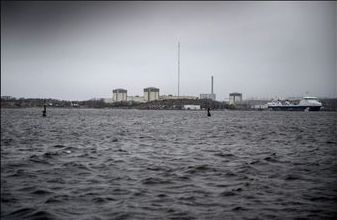
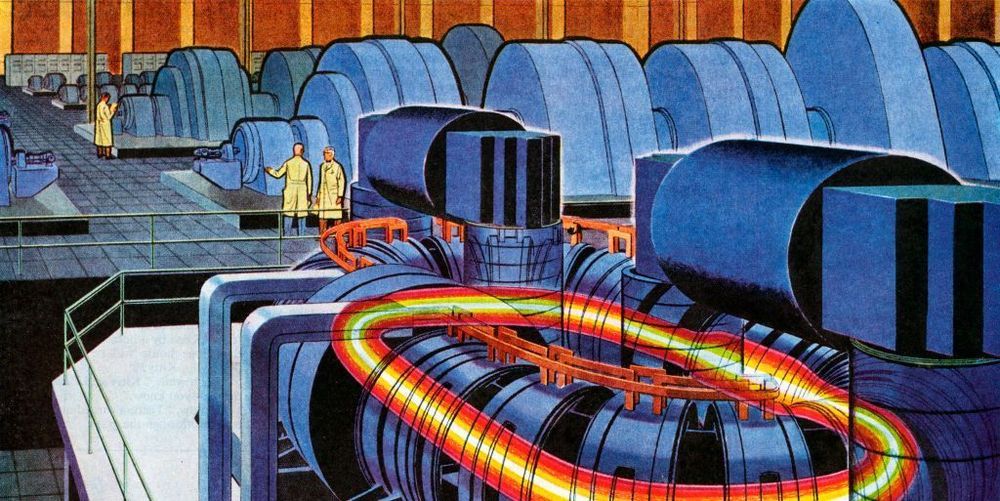
Researchers at Princeton University have found a way to make a tokamak nuclear fusion reactor safer using insulating boron powder. The new research appears in the IAEA journal Nuclear Fusion and comes from Princeton’s U.S. Department of Energy-funded Princeton Plasma Physics Laboratory (PPPL).
A tokamak, like the huge one that will reach 200 million Celsius in China next year, is a nuclear fusion plasma reactor where extremely hot, charged plasma spins and generates virtually limitless energy. The Princeton research examines the way boron powder can prevent one of the fundamental flaws in existing plasma reactor technology.

The discovery of an exceptionally strong “forbidden” beta-decay involving fluorine and neon could change our understanding of the fate of intermediate-mass stars.
Every year roughly 100 billion stars are born and just as many die. To understand the life cycle of a star, nuclear physicists and astrophysicists collaborate to unravel the physical processes that take place in the star’s interior. Their aim is to determine how the star responds to these processes and from that response predict the star’s final fate. Intermediate-mass stars, whose masses lie somewhere between 7 and 11 times that of our Sun, are thought to die via one of two very different routes: thermonuclear explosion or gravitational collapse. Which one happens depends on the conditions within the star when oxygen nuclei begin to fuse, triggering the star’s demise. Researchers have now, for the first time, measured a rare nuclear decay of fluorine to neon that is key to understanding the fate of these “in between” stars [1, 2]. Their calculations indicate that thermonuclear explosion and not gravitational collapse is the more likely expiration route.
The evolution and fate of a star strongly depend on its mass at birth. Low-mass stars—such as the Sun—transition first into red giants and then into white dwarfs made of carbon and oxygen as they shed their outer layers. Massive stars—those whose mass is at least 11 times greater than the Sun’s—also transition to red giants, but in the cores of these giants, nuclear fusion continues until the core has turned completely to iron. Once that happens, the star stops generating energy and starts collapsing under the force of gravity. The star’s core then compresses into a neutron star, while its outer layers are ejected in a supernova explosion. The evolution of intermediate-mass stars is less clear. Predictions indicate that they can explode both via the gravitational collapse mechanism of massive stars and by a thermonuclear process [3– 6]. The key to finding out which happens lies in the properties of an isotope of neon and its ability to capture electrons.
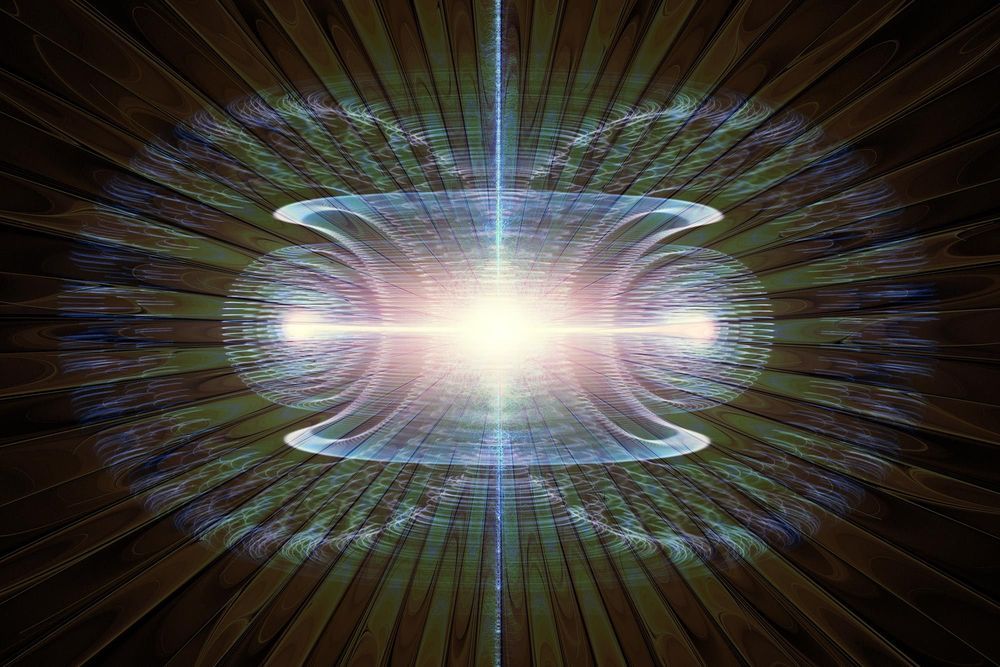
A major issue with operating ring-shaped fusion facilities known as tokamaks is keeping the plasma that fuels fusion reactions free of impurities that could reduce the efficiency of the reactions. Now, scientists at the U.S. Department of Energy’s (DOE) Princeton Plasma Physics Laboratory ( PPPL ) have found that sprinkling a type of powder into the plasma could aid in harnessing the ultra-hot gas within a tokamak facility to produce heat to create electricity without producing greenhouse gases or long-term radioactive waste.
Fusion, the power that drives the sun and stars, combines light elements in the form of plasma — the hot, charged state of matter composed of free electrons and atomic nuclei — that generates massive amounts of energy. Scientists are seeking to replicate fusion on Earth for a virtually inexhaustible supply of power to generate electricity.
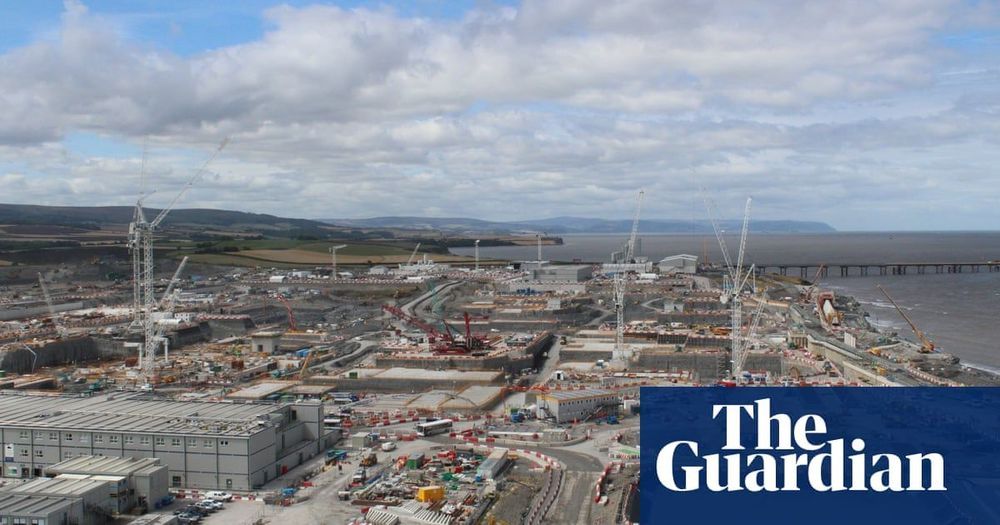
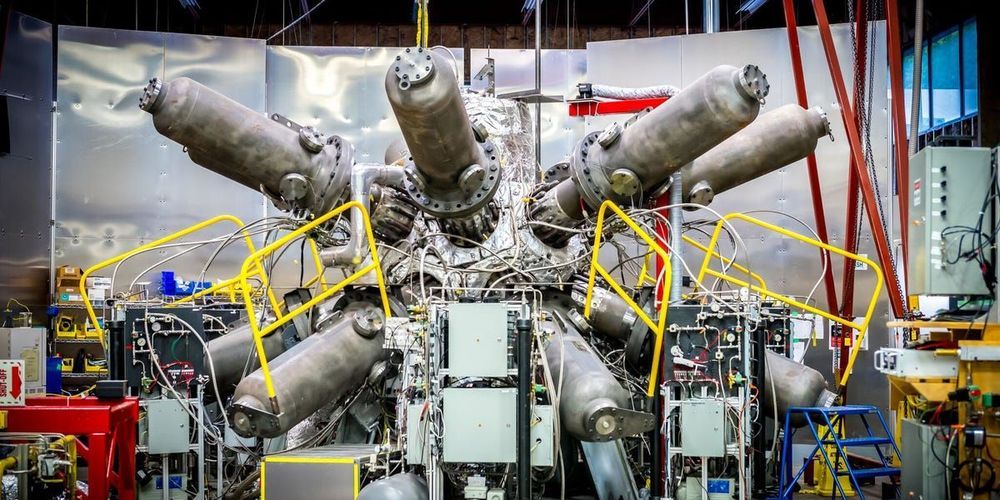
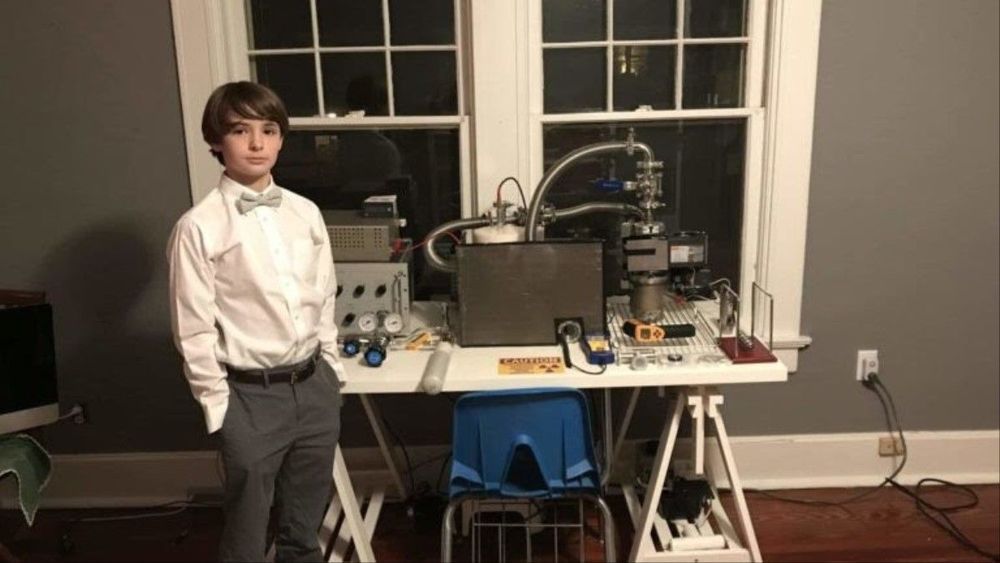
“Jackson is a smart guy and probably under-appreciates that about himself,” said his dad.
He’s onto planning his next reactor using the spherical tokamak method, which traps energy differently than the reactor that he’s already built. He’s also decided that he wants to pursue nuclear physics as a career because he thinks he’ll be the one to make a fusion reactor that is actually efficient.
“He certainly has a head start,” said his dad.